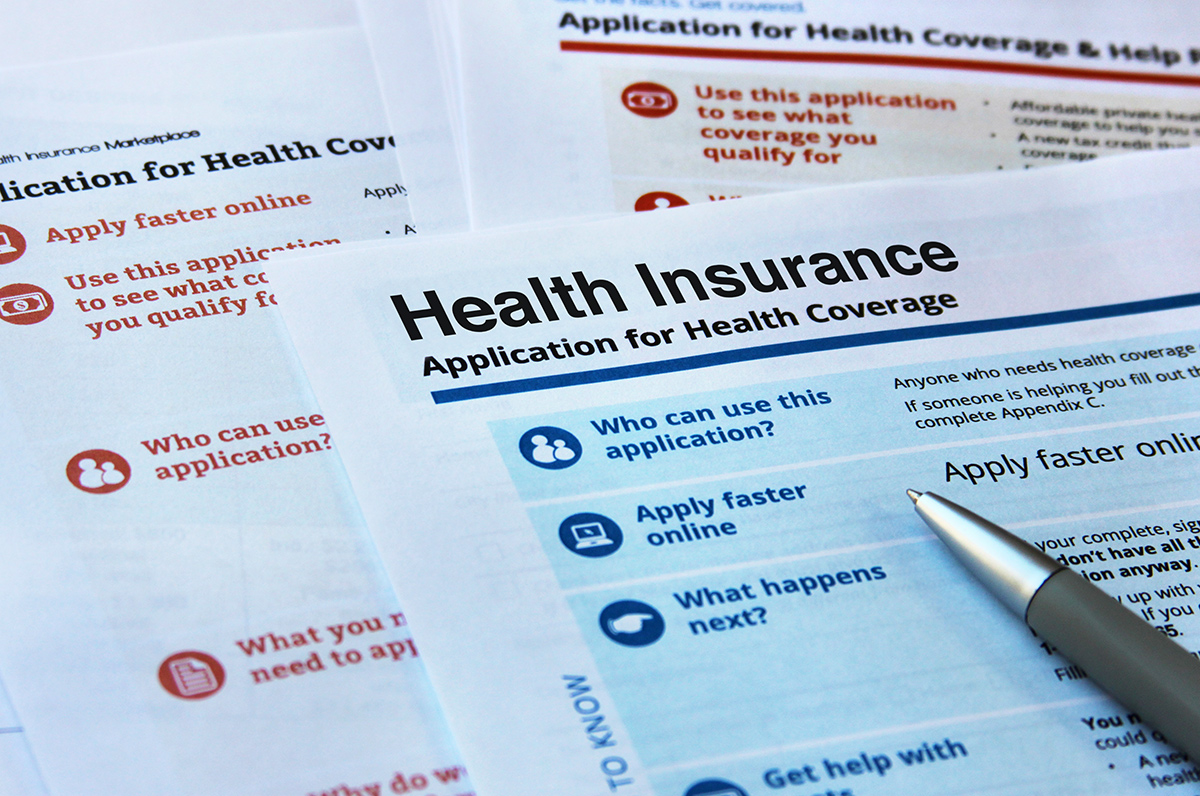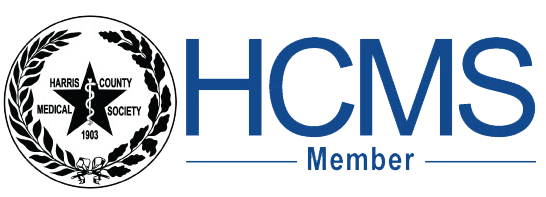How to Shop for Healthcare

Take Charge of your Healthcare
Shopping for health and medical care, such as hospital procedures, wellness services, and health products, may seem like a completely alien concept to many. However, it’s an idea that, while not new, has gained a lot of traction in recent times. Ever-rising healthcare prices for even very basic services, such as diagnostic tests, and subsequently rising premiums have reached a tipping point socially, politically, and for many individuals and families, financially as well. Most people, even those with insurance, can’t afford NOT to think about the financial ramifications of their healthcare choices and purchasing decisions.
Why Shop Around?
The answer is simple: savings. When it comes to purchasing health care, the cost differentials from one provider to the next, from one hospital to the next, from one doctor to the next, or from one pharmaceutical to the next could be enormous. An MRI, for example, could cost as little as $300 at Green Imaging's direct-pay facility, or as much as $3,000 at a facility run by a regional hospital conglomerate. What would you do with $2,700 extra cash in your pocket?
Why Most People Don’t (or Can’t) Price-Shop
Many people have health insurance either through private health insurance companies or through government programs such as Medicare and Medicaid. These third-party payers may completely or partially cover the costs of many medical procedures, products, and treatments. While having medical insurance is great, and necessary to help individuals and families shoulder the potentially devastating financial burden of an unforeseen medical emergency, third-party payers such as health insurance companies and the Federal government can distort and obscure market prices, making it difficult for consumers to make price-sensitive decisions about their health care.
One person with health insurance may only pay a $50 dollar co-pay for a diagnostic test, while someone with only catastrophic coverage or no coverage at all may have to shell out $500. Big insurance companies might have a negotiated rate of $250 for the exact same procedure. As you can see, there is no clear way to pinpoint a fair cash-value for any given medical treatment.
Additionally, many of the most expensive procedures, such as heart bypass surgery, are unforeseen medical emergencies that are difficult to plan ahead for or to make price-conscious decisions about. When you have a life-threatening emergency like a heart attack, there is no time to consider financial considerations. You have to get to the closest hospital in the shortest amount of time necessary, even if a similar procedure might cost half as much on the other side of the city.
To complicate things further, prices vary wildly from one region or city in the United States to another. Medical costs in urban centers may actually cost significantly less for some procedures where there are many competing providers than in a small rural town where one regional hospital conglomerate can charge patients whatever they decide.
Some states, cities, and municipalities may enforce regulations that can affect prices as well, making it possible for providers in one town to offer vastly different pricing for medical care than another provider in a neighboring city.
Pricing for medical procedures is complicated, to say the least, which often turns a lot of consumers off. Price transparency, or the lack thereof, is perhaps the biggest obstacle to the adoption of a true free-market paradigm in the healthcare industry.
How to Shop for Medical Care (and Get the Best Deals)
What can a consumer do in an age of unclear medical pricing? Consumers with health insurance may benefit from doing a little shopping around. While price shopping a medical procedure is not always practical, as in the case of a medical emergency, in non-emergency situations price shopping can yield substantial savings. Why pay $300 or even a $50 deductible for a cholesterol panel in one facility when you can get the same service for $15 cash in a facility across town?
1. Do some research.
The first step to making any purchase is to do a little research. Typically, this means diving into the world wide web to see what other patients are paying for similar medical treatments in your area and where. Online pricing tools, either provided by insurance companies themselves or by "third-party websites", can often provide valuable information about what kind of prices to expect.
Try starting with FAIR Health Consumer Cost Lookup, Healthcare Bluebook, Castlight, Changehealthcare.com, but be very aware 2 of these entities might seem like third-party websites but are actually owned by major insurance companies, and all are derived from claims data and may exclude cash pay data. Also note some of these "listing services" are actually resellers and if you purchase care through them, they add on a significant fee. Free Market Medical Association provides an online listing of doctors and facilities offering cash-pay and bundled fair pricing like Texas Free Market Surgery. A google search can also turn up providers posting their cash pay prices online like Bayou City Surgical Specialists.
Employers are also frequently subscribing to online tools like Pratter and Medibookr, and healthcare navigator services like Karis 360 to help their employees make more informed decisions. Direct Primary Care subscriptions to providers such as First Primary Care, MyMD Connect, Euphora Health, Direct MD, and Premier Health MD also often pay for themselves as these doctors shepherd their patients to high-quality affordable healthcare options.
2. Read your health insurance policy (and ditch it when necessary).
Consumers should not expect their health plans to deliver the lowest prices. Health insurance companies negotiate a range of prices for any given medical service from a variety of service providers.
Furthermore, individual coverages will vary depending on an individual's needs and budget. Most plans give preferential treatment to in-network doctors and providers which may translate to lower co-pays and other costs for consumers. Those with insurance should read and understand their health plans to get the most value from their plans. Sticking to the plan could conceivably mean saving money.
With the rise of direct-pay and cash only facilities, however, many consumers may find that cash prices are even more affordable than paying a high deductible or even a copay at an in-network site, especially if hospital-based.
3. Ask multiple healthcare providers directly.
Sometimes hospitals, clinics, and healthcare providers themselves will often provide pricing information when requested. Try asking what other patients have paid for the same procedures as a benchmark.
Calling multiple providers who offer the same service is a great way to get pricing information directly and to perhaps negotiate a new price based on your research. This approach often takes time and energy, both of which may be in short supply for many working families.
Always keep in mind that providers will typically quote prices on the higher end of the expected price range. Often times, hospitals will simply give a list price, or "sticker price," for a given procedure, which is often many times higher than the actual undisclosed price they have negotiated with insurance providers. It is in their interest to maximize their expected returns, so always take those direct quotes with a grain of salt. Use them as just another source of pricing information to help you complete the bigger picture.
Also, make sure all providers from whom you will be receiving care are in network and get that documented in writing. Surprise out-of-network bills after a procedure are commonplace.
4. Balance cost, quality, and convenience.
When shopping for health care services and products, always remember that the estimated price is not the only consideration to take into account. Think about other important considerations such as the quality of the service provided, travel distance and time, and the experience or skill level of the doctor in charge of surgery.
For example, it may be worth the extra cost to get a procedure performed by a well-known doctor at a well-run hospital rather than traveling across town for the same procedure performed by a less-qualified, but more affordable professional. When it comes to your health, always prioritize quality. However, when choosing between two options of similar value, the cheaper one wins.
5. Make an informed decision.
When making a purchase, one of the most important factors is often the cost. When it comes to healthcare, prices can be difficult to ascertain. That is why doing your homework, reading your insurance policy, contacting providers directly, and balancing costs with quality and other factors is important. Knowledge and information is power. When it comes to medical care, knowledge and information about medical pricing can also translate into substantial savings.
Even if you or your family does undergo unplanned or emergent care, that knowledge and information will help you negotiate your bill down to a fair market rate after the fact. Your employer may also subscribe to a service like Advanced Medical Pricing Solutions that will help.
11 Easy Ways to Investigate Healthcare Prices Online
Cross-referencing pricing information for healthcare, such as a medical procedure, therapy, or prescription pills is no walk in the park. But some tools do exist to help consumers, both those with or without insurance, get a more accurate sense of the going rate of many medical treatments. The Internet is a useful tool if you know where to look. Many insurance companies even provide free estimator tools, although these tools are often only available to enrollees. Likewise, savvy internet sleuths can often find online forums where patients share their out-of-pocket costs for particular procedures and other useful information. Here are a few of the resources you should consider:
1. FAIR Health Consumer Cost Lookup
3. Medicare.gov
8. Amino.com
9. Medibid
10. Online forums
11. Google search
I also recommend our strategic partners for Green Imaging that are listed below who may be useful in your search for affordable, high-quality care.
Saving Health Care
Affordable health care for those who need it is the goal. A free market approach is a great way to steer patients to the providers and facilities that provide the best care at the most competitive rate. But for the free market to work, we need to eliminate or mitigate the barriers that have either been purposely erected or have developed over time and become entrenched. These barriers to the free market, including health care monopolies and cartels, hidden pricing, government intervention, insurance middlemen, and many more, need to be addressed. The goal should be to allow natural market forces to run their course within a framework of our own compassionate design. What we need are free and fair markets led by enlightened and unencumbered providers to eliminate a broken, sick care system and restore healthcare to Americans.
The Green Imaging Difference
Green Imaging provides a direct, uninhibited path from the supply (medical services, products, and drugs) to the demand (consumers and patients) thereby reducing costs. Don’t pay secret rates for diagnostic tests and imaging. Go Green Imaging instead!


















